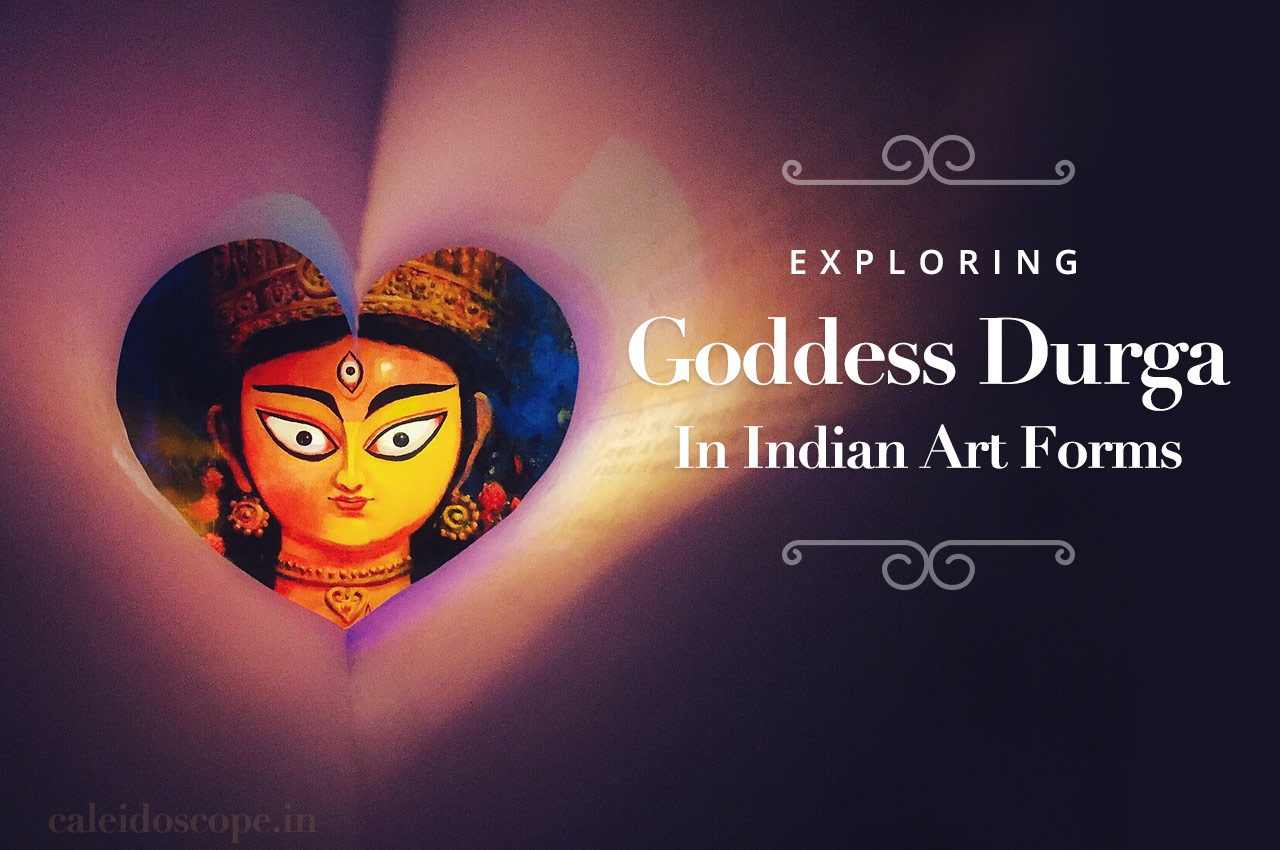
Did you know that the Hindu goddess Durga is a prominent figure in Indian religion as well as Indian art? She has been depicted across various traditional and contemporary mediums, from ancient sculptures to modern prints, paintings, and street art. In all her forms, she represents divine feminine power, Shakti, protection, and the triumph of good over evil. There are verses in praise of her in the Devi Mahatmyam and other texts. The central theme is Goddess Durga’s victory over the demon Mahishasura, symbolizing the ultimate triumph of virtue and justice. Durga is revered as a powerful symbol of strength, motherhood, and protection, celebrating feminine empowerment. The festival marks the period when Goddess Durga, with her children, visits her maternal home on Earth before returning to her husband, Shiva.
Traditional paintings and prints
For centuries, artists have depicted Goddess Durga using classic styles, often portraying her mounted on a lion or tiger, slaying the buffalo demon Mahishasura. Prints have made artwork of Durga accessible to a wider audience, moving beyond temples and art galleries into homes and public spaces. Posters and prints based on traditional folk art or classical paintings are widely available, depicting Durga in her established forms with her attributes like the lotus, conch, and trident. An important shloka about Goddess Durga says thus –
सर्वमङ्गलमाङ्गल्ये शिवे सर्वार्थसाधिके । शरण्ये त्र्यम्बके गौरि नारायणि नमोऽस्तु ते ॥
“She is the most auspicious of all auspicious things, the auspicious one who fulfills all purposes, the refuge, the three-eyed, fair one. We offer obeisance to the Goddess who is Narayani.”
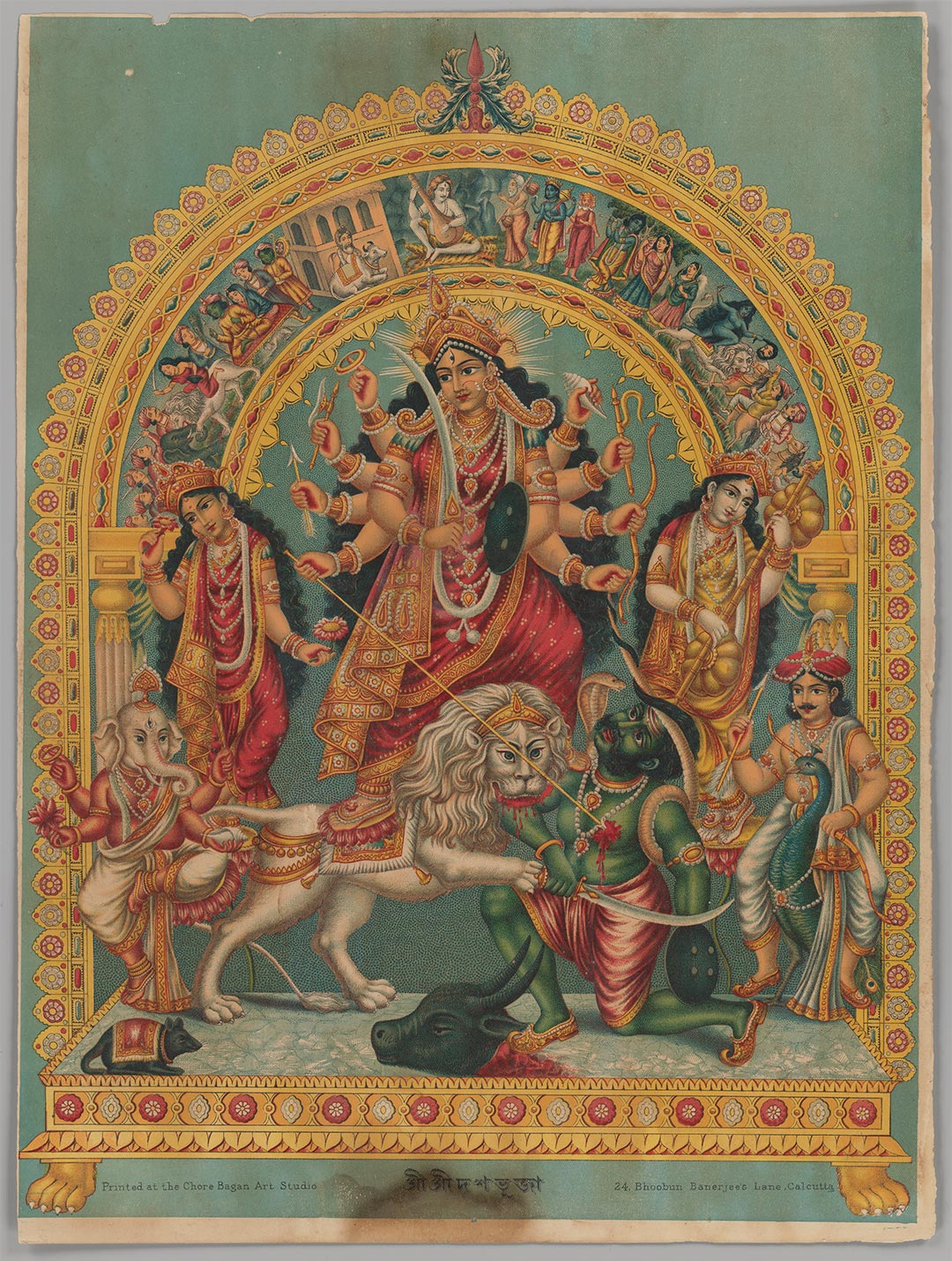
Festival of the Goddess Durga at Calcutta, circa 1858. Lithograph by Artist Louis-Henri de Rudder (1807–1881). published by Smith, Elder & Co., London.
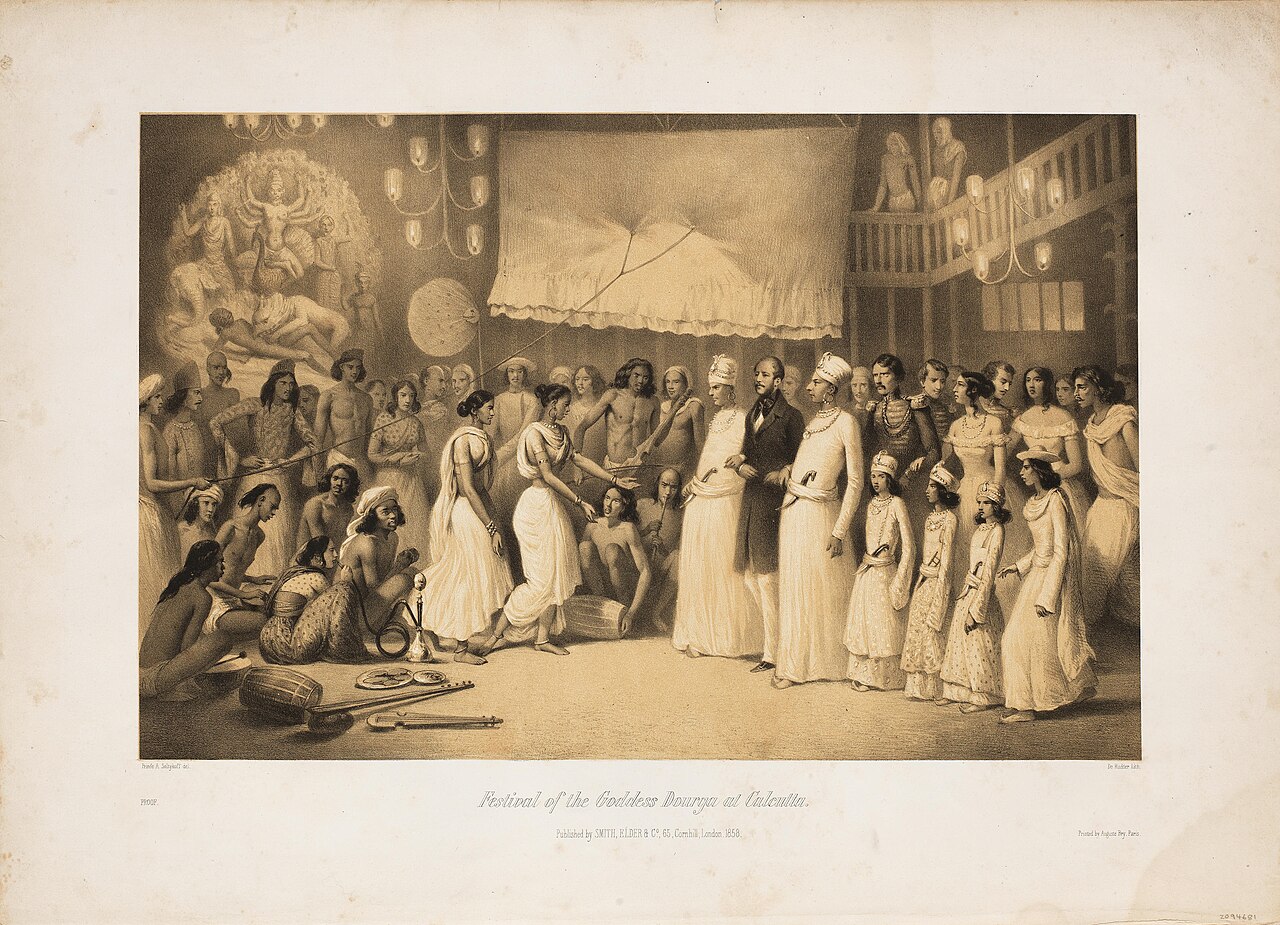
Another shloka on the goddess with translation says –
दुर्गे स्मृता हरसि भीतिमशेषजन्तोः
स्वस्थैः स्मृता मतिमतीव शुभां ददासि ।
दारिद्रयदुःखभयहारिणि का त्वदन्या
सर्वोपकारकरणाय सदार्द्र चित्ता ॥
“Salutations to You, O Jagadamba O Devi Durga, Whoever Remembers You with Devotion, You Remove the endless Fears of Samsara from the mind of that Person, and whoever Meditates on you in their Heart, You bestow exceeding auspiciousness which is beyond description-
Apart from you, who else can destroy poverty, sorrow and fear from our lives?
Your Heart is always full of compassion for rendering all sorts of help to Your devotees”.
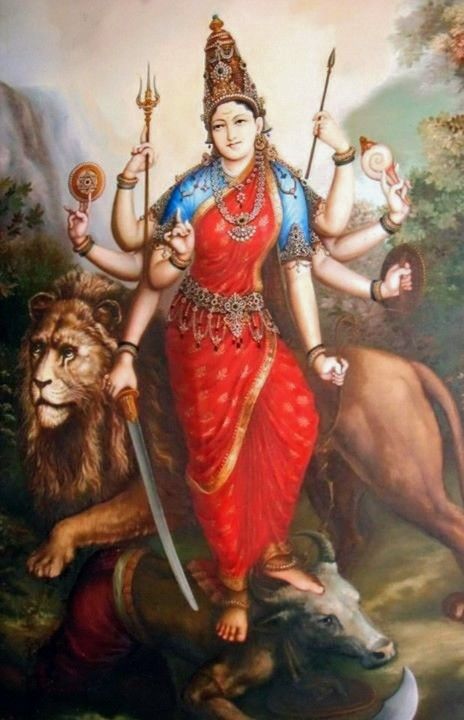
Goddess Durga after slaying the demon Mahishasura, by Sri Shilpi Siddanthi Siddalinga Swami (1885 – 1952), Jagmohan Palace, Mysore. Karnataka, India.
Durga in folk art
Pattachitra – In the folk-art traditions of Odisha and West Bengal, the goddess Durga is often depicted on scrolls in the Patachitra style—distinguished by bold, graceful lines and the use of vivid natural colours. Renowned for its intricate detailing, this art form weaves together mythological tales and local folklore with remarkable precision. A community of artists has carried forward this visual storytelling practice, narrating Hindu myths such as Durga’s triumph over evil. Her worshippers, drawn from all walks of life and diverse social backgrounds, revere her with profound devotion.
A shloka about Durga, who is also also called Jagadamba and Narayani reads thus –
शरणागतदीनार्तपरित्राणपरायणे ।
सर्वस्यार्तिहरे देवि नारायणि नमोऽस्तु ते ॥
“Obeisance to You, O Jagadamba You are Intent upon rescuing the distressed and the oppressed who take your refuge whole-heartedly, and remove all their sufferings; Obeisance to You O Narayani”.
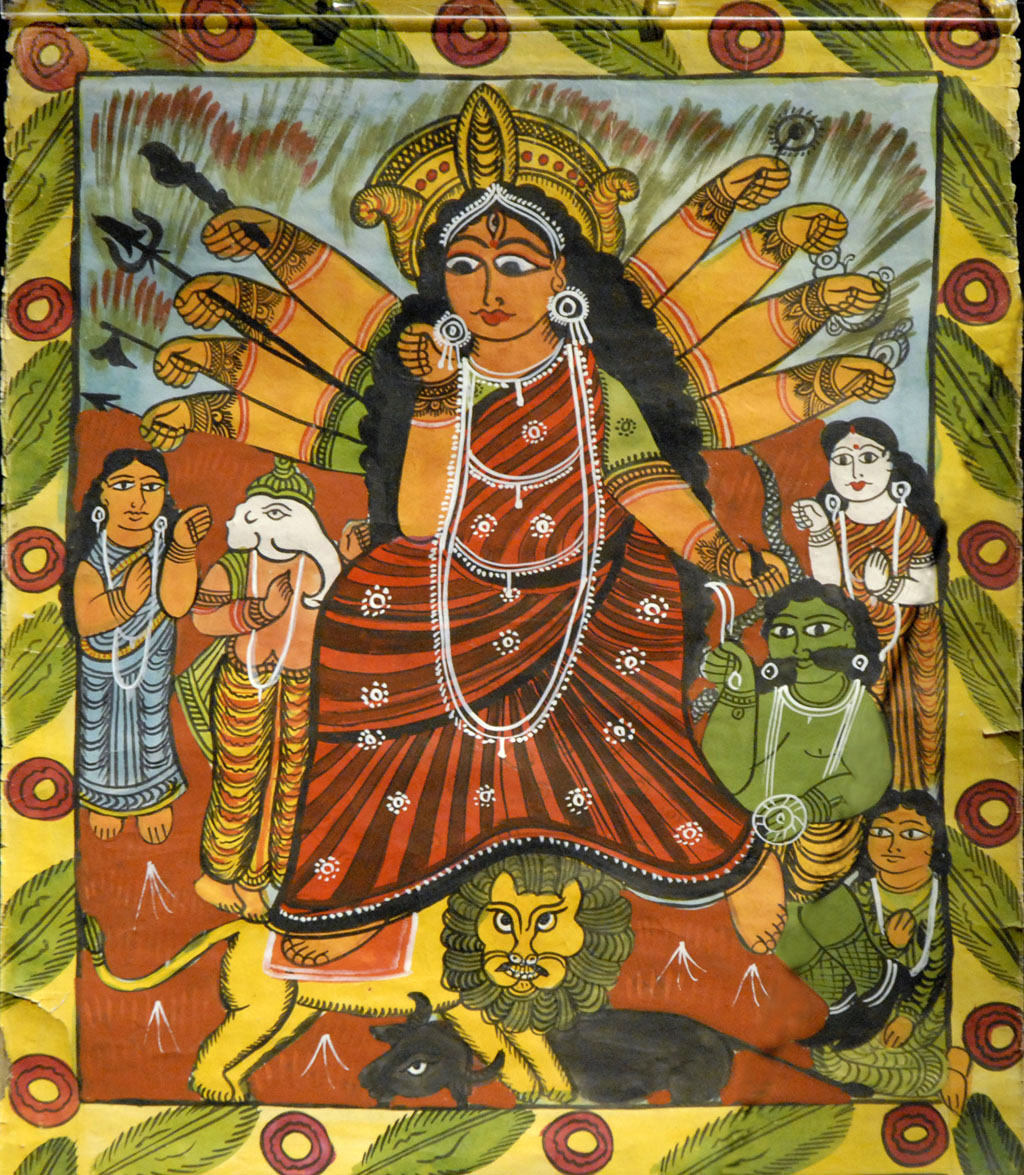
Madhubani painting – Madhubani painting, also known as Mithila painting, traces its origins to Mithila, the legendary birthplace of the Hindu goddess Sita. According to tradition, when Sita was to be wed to Prince Rama, her father King Janak commissioned artists to depict scenes from the wedding, giving rise to this unique art form. Traditionally practiced by the women of the Mithila region in Bihar, Madhubani has grown into a celebrated folk-art style and today the Madhubani district is a major hub for its production and export. Distinguished by its intricate geometric patterns and rich symbolic motifs, this art form often draws upon religious and mythological themes. In depictions of Goddess Durga, Madhubani paintings express her divine energy and cosmic strength through elaborate designs and a vibrant colour palette.
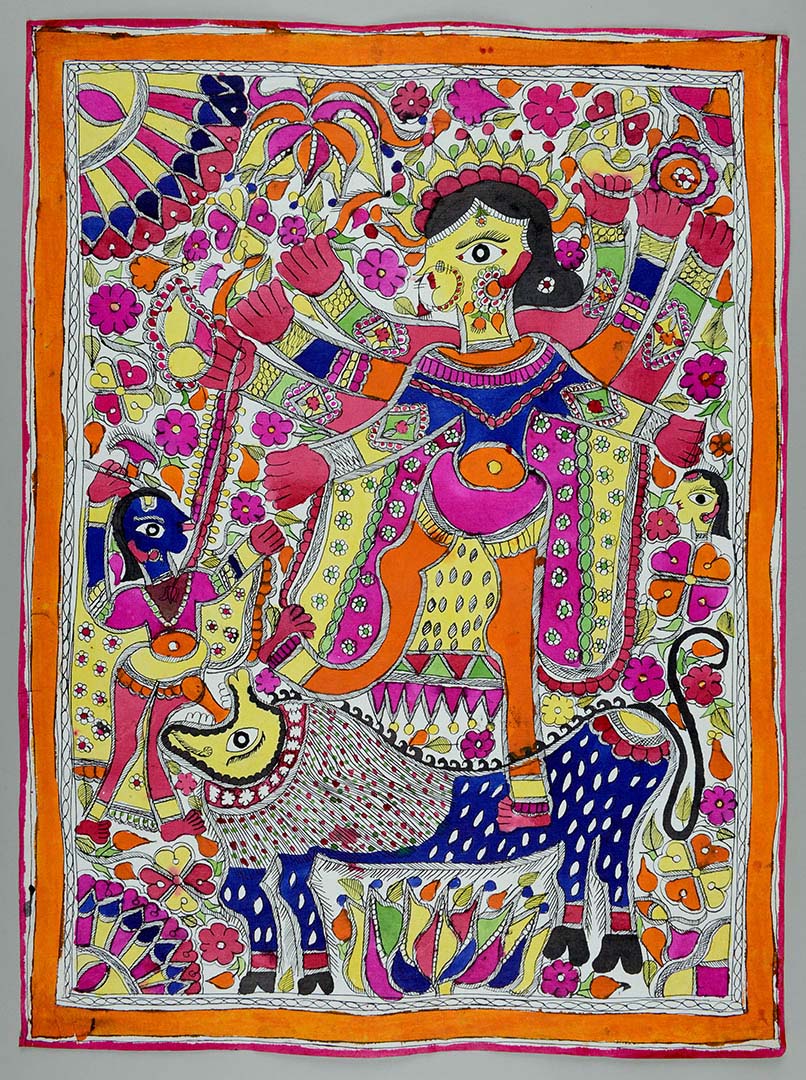
Durga, Madhubani painting, The Andrzej Wawrzyniak Asia Pacific Museum in Warsaw, Poland.
Kalighat painting: – This 19th-century art tradition from Bengal is characterized by bold, sweeping brushstrokes and expressive figures. It was pioneered by the patuas, a community of scroll painters who worked near the Kalighat Kali Temple in Kolkata (then Calcutta), in present-day West Bengal. Kalighat paintings of Goddess Durga typically combine mythological themes with reflections on contemporary social life. Another verse on the goddess describes her thus –
जटा जूट समायुक्तमर्धेंन्दु कृत लक्षणाम I
लोचनत्रय संयुक्तां पद्मेन्दुसद्यशाननाम ॥
“Durga, with matted hair adorned with a crescent moon, three eyes, and an ever-present bright aura…
I bow down to the supreme power and urge you to help me concentrate on my goals and help me to achieve them”.
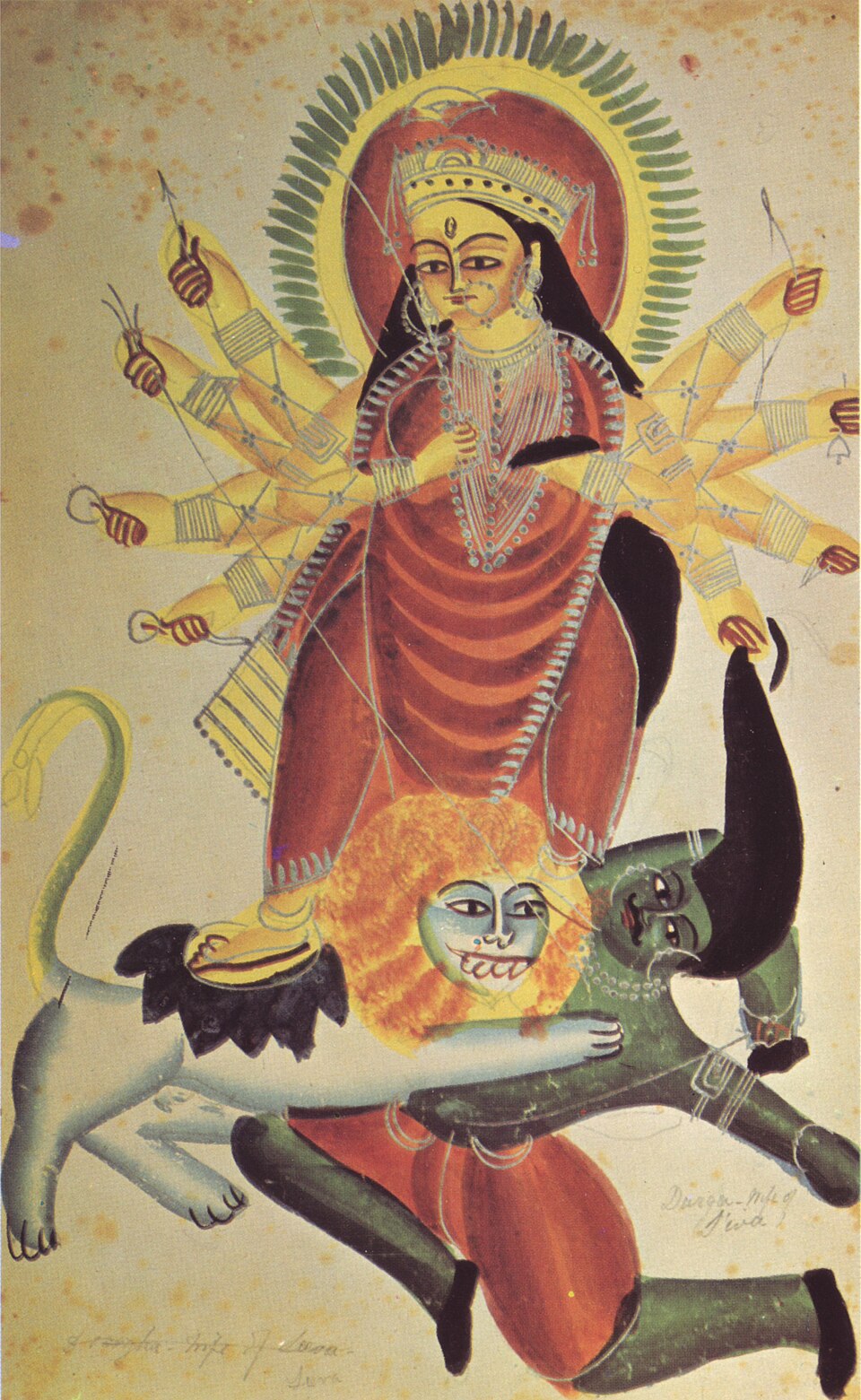
Raja Ravi Varma’s realism
Raja Ravi Varma (1848–1906) was one of India’s most celebrated painters, often credited with bridging traditional Indian art and European academic realism. Born in Kilimanoor, Kerala, he became famous for his lifelike oil paintings and mastery of perspective, anatomy, and shading, which were uncommon in Indian art of his time. In the late 19th and early 20th centuries, painter Raja Ravi Varma brought a realistic style to his depictions of deities. His dynamic oil painting ‘Mahishasura Mardini’ became an iconic representation of Durga’s battle, popularizing the imagery through lithographic prints that reached a wide audience.
महिषासुरनिर्नाशि भक्तानां सुखदे नमः ।
रूपं देहि जयं देहि यशो देहि द्विषो जहि ॥
“Obeisance to Devi Durga Who destroyed (to the very root) the Demon Mahishasura; obeisance to her who gives great joy to the devotees.
O Devi, Please Grant me (Spiritual) Beauty, Please Grant me (Spiritual) Victory, Please Grant me (Spiritual) Glory and Please Destroy my (Inner) Enemies”.
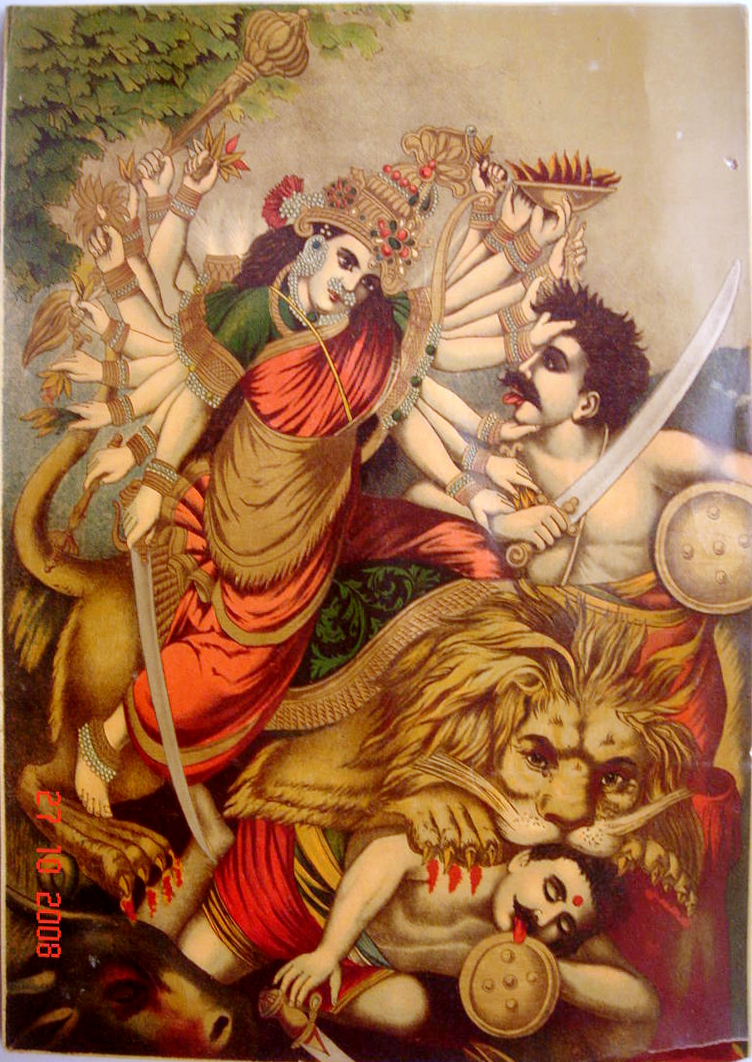
Contemporary and modern paintings
Modern artists continue to reimagine goddess Durga, blending traditional iconography with new artistic styles and social themes. Contemporary artists also release their designs as prints and digital downloads, showcasing Durga in a variety of modern styles, from minimalist line art to detailed, digital paintings. Artists use contemporary techniques like abstract expressionism, digital art, and mixed media to reinterpret Durga’s mythology. These works often explore modern themes of gender, identity, and empowerment. Some artists move beyond strict realism to convey the spiritual energy of the goddess through abstract forms and vivid colours, while retaining key symbolic elements. Contemporary artworks may feature Durga with a modern aesthetic, using stylized colours and refined facial features to create a unique and visually striking interpretation.
An important ‘shloka’ in praise of Goddess Durga-
या देवी सर्वभुतेषु शक्तिरूपेण संस्थिता
या देवी सर्वभुतेषु शक्तिरूपेण संस्थिता
या देवी सर्वभुतेषु मातृरूपेण संस्थिता
या देवी सर्वभुतेषु बुद्धिरूपेण संस्थिता
नमस्तस्यै नमस्तस्यै नमस्तस्यै नमो नमः ||
“The goddess who is omnipresent as the personification of the universal mother
The goddess who is omnipresent as the embodiment of the power
The goddess who is omnipresent as the symbol of peace
Oh, Goddess (Devi) who resides everywhere in all living beings as intelligence and beauty,
I bow to her, I bow to her, I bow to her again & again”.
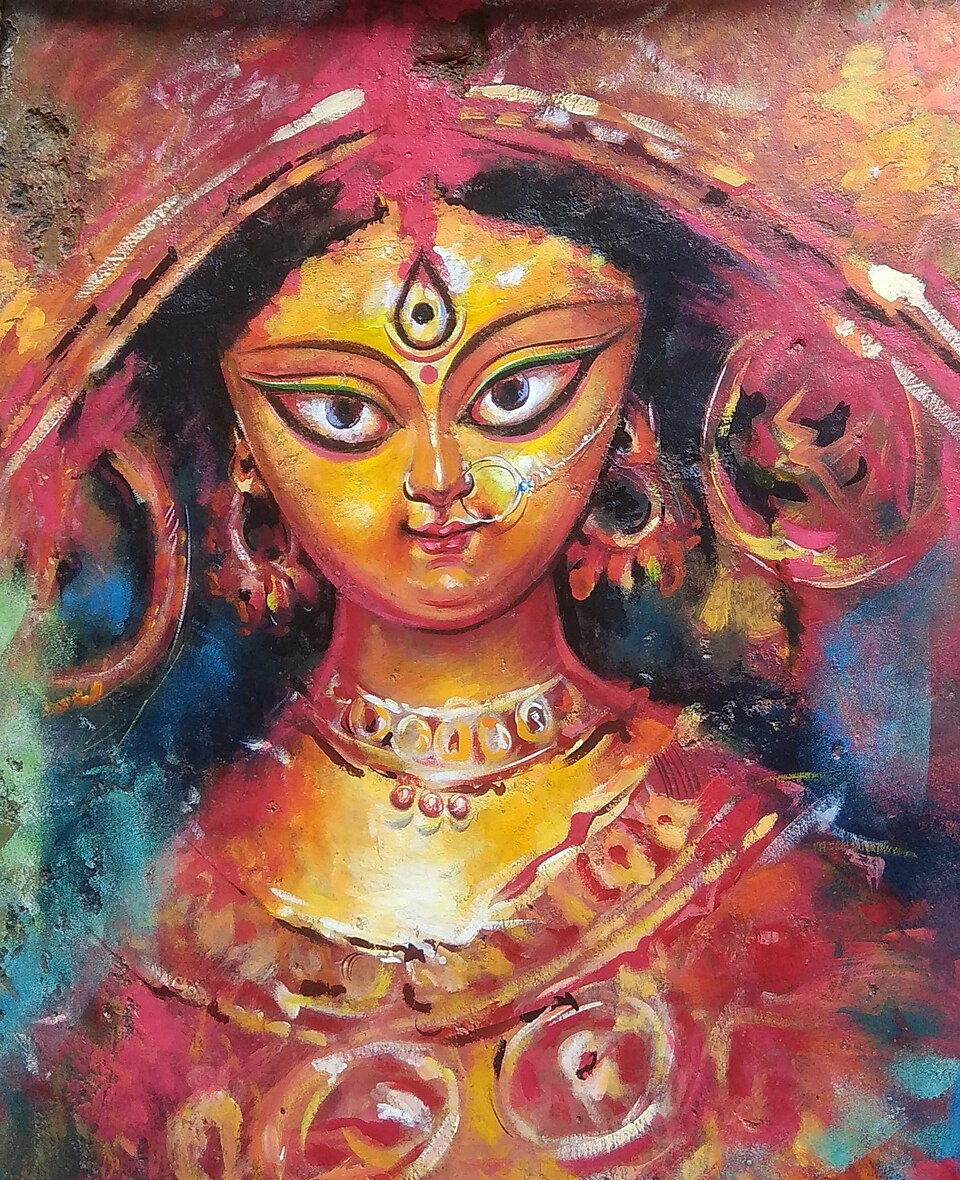
Durga puja painting, Kolkata airport, India.
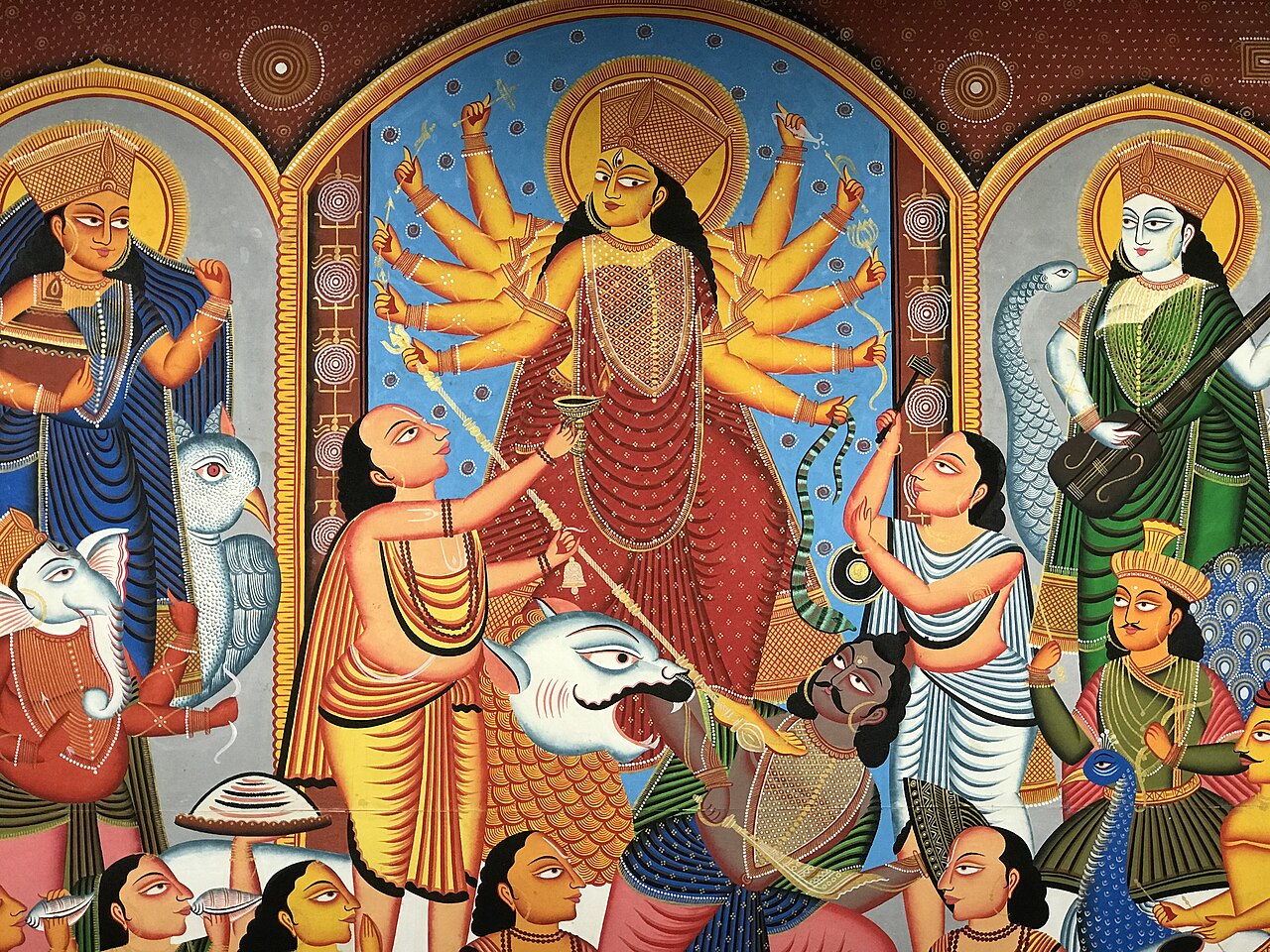
Graffiti and street art
In recent years, Durga’s image has moved to the streets, becoming a subject of vibrant street art, particularly in cities like Kolkata during the annual Durga Puja festival. Durga Puja graffiti/street art featuring Durga and related mythological scenes can be seen on walls across Kolkata during the festival, adding to the cultural vibrancy and festive atmosphere. Street art is often part of a community’s heritage drive to promote the Durga Puja festival, bringing the goddess’s image to everyday public spaces.
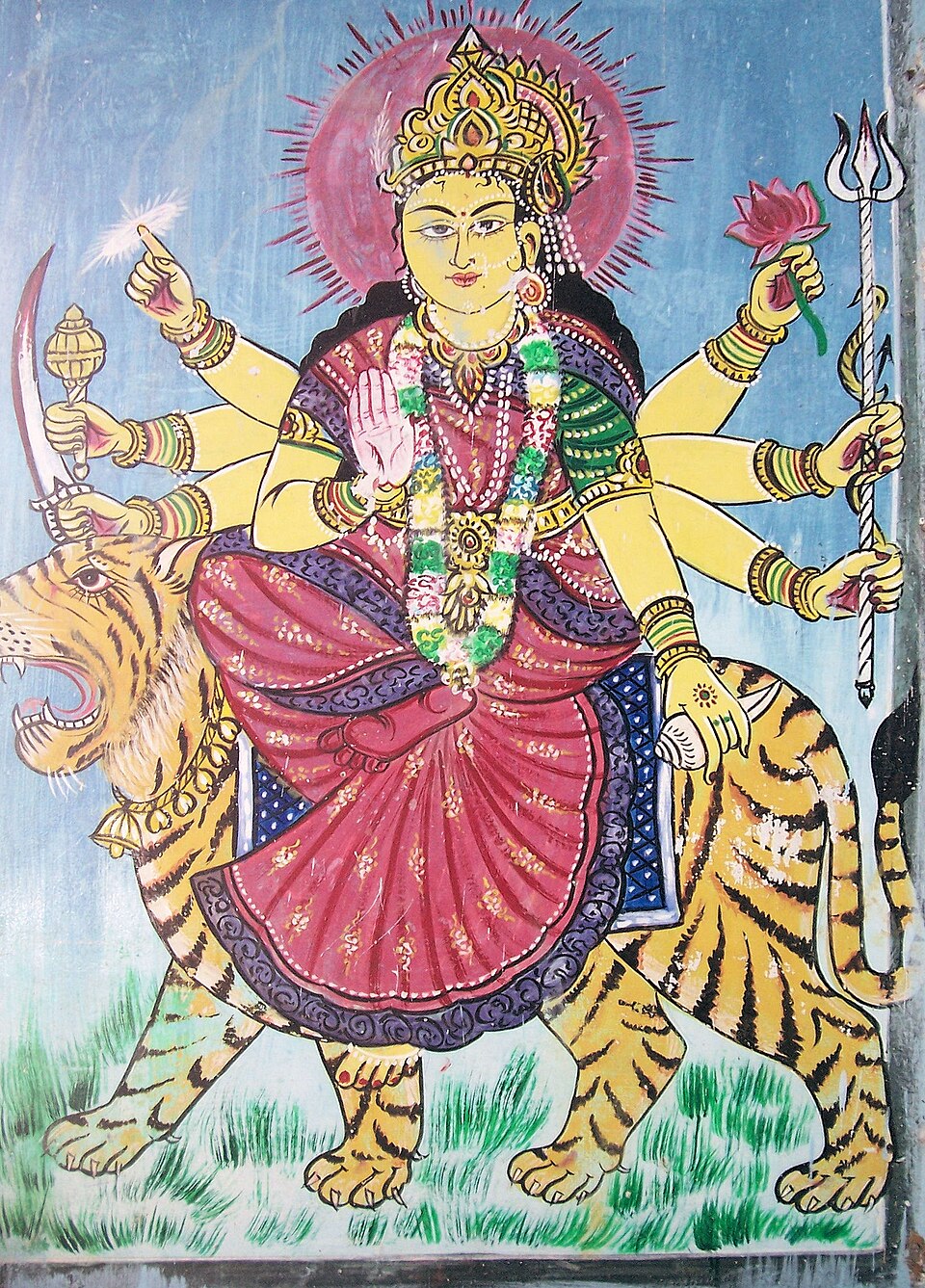
Goddess Durga graffiti, by artist Sujit Kumar, 21st century.
Mural paintings:
Mural paintings of India are large-scale artworks executed directly on walls, ceilings, or other permanent surfaces. They form an important part of India’s artistic heritage and span from ancient cave paintings to temple and palace murals. These paintings not only served as decoration but also as a means of storytelling, often depicting mythology, religious themes, court life, and nature. Murals of Durga are painted in various folk and modern styles. For example, some draw inspiration from traditional Kerala murals, while others adopt a more contemporary street art aesthetic. Here we see a Durga mural from the 18th/19th century.
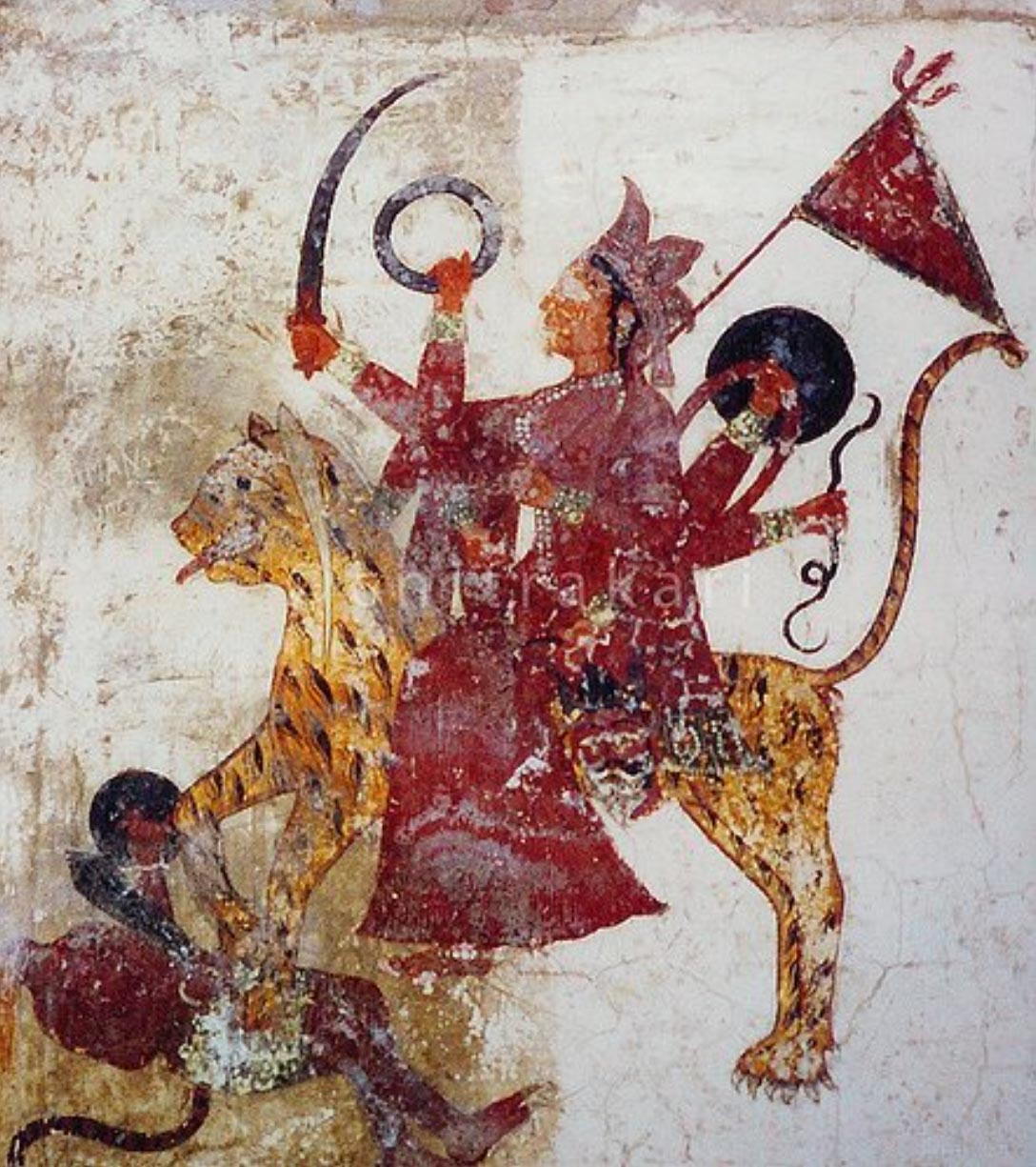
Modern interpretations
Artists use contemporary techniques like abstract expressionism, digital art, and mixed media to reinterpret Durga’s mythos. These works often explore modern themes of gender, identity, and empowerment. Some artists move beyond strict realism to convey the spiritual energy of the goddess through abstract forms and vivid colors, while retaining key symbolic elements. Contemporary artworks may feature Durga with a modern aesthetic, using stylized colors and refined facial features to create a unique and visually striking interpretation.
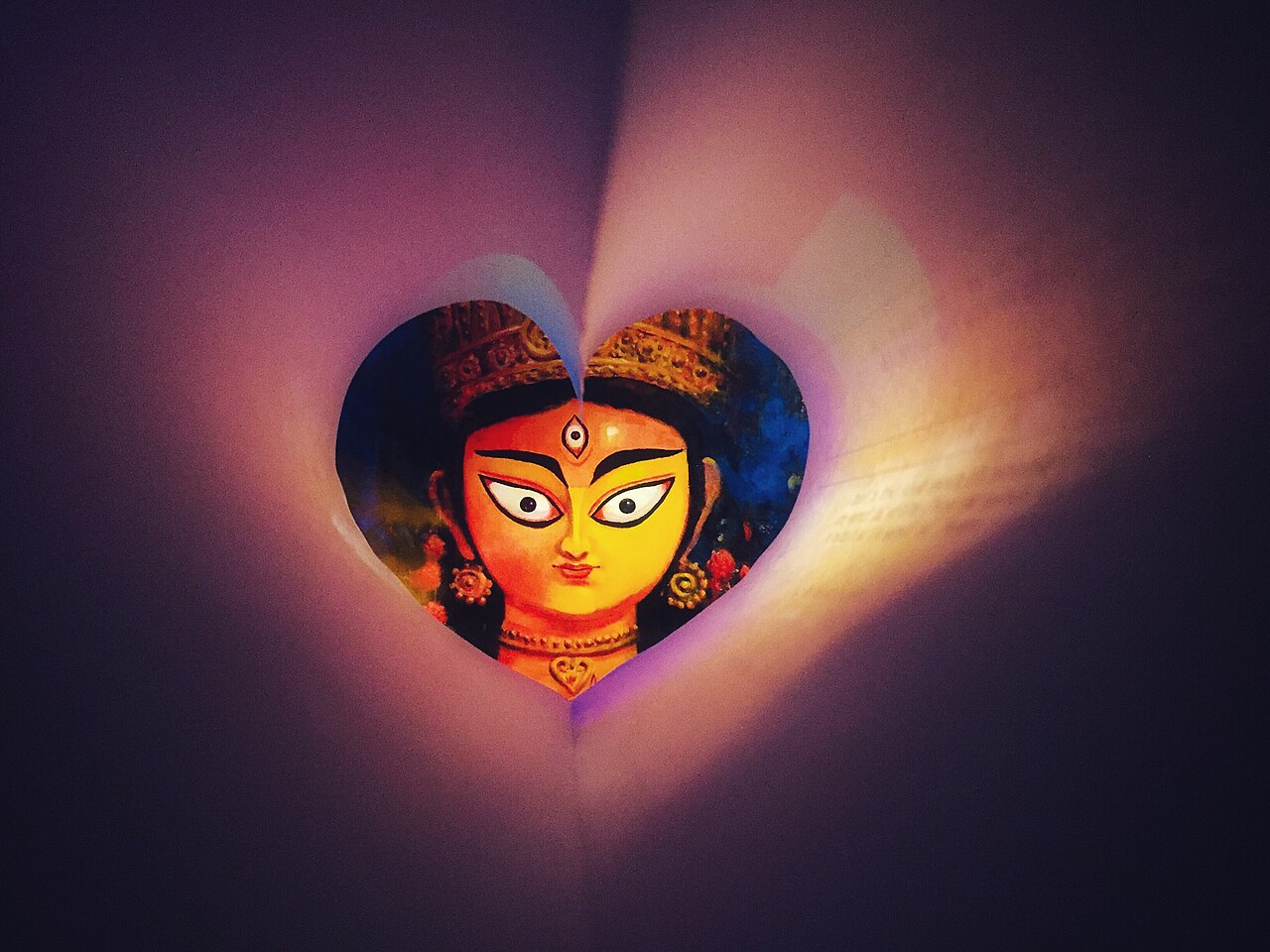
When Durga leaves
Goddess Durga visits Earth during Navratri and the act of immersion by her devotees symbolizes her departure from Earth back to her divine realm to again return the following year.
James Prinsep FRS (20 August 1799 – 22 April 1840) was an English scholar, orientalist, and antiquarian. He served as the founding editor of the Journal of the Asiatic Society of Bengal and is renowned for successfully deciphering the ancient Indian scripts of Kharosthi and Brahmi. Alongside his pioneering work in epigraphy, Prinsep made significant contributions to numismatics, metallurgy, and meteorology. During his career in India, he also held the post of assay master at the Benares mint, where he combined his scientific expertise with a deep interest in the cultural and historical heritage of the subcontinent. A painting by him is depicted –
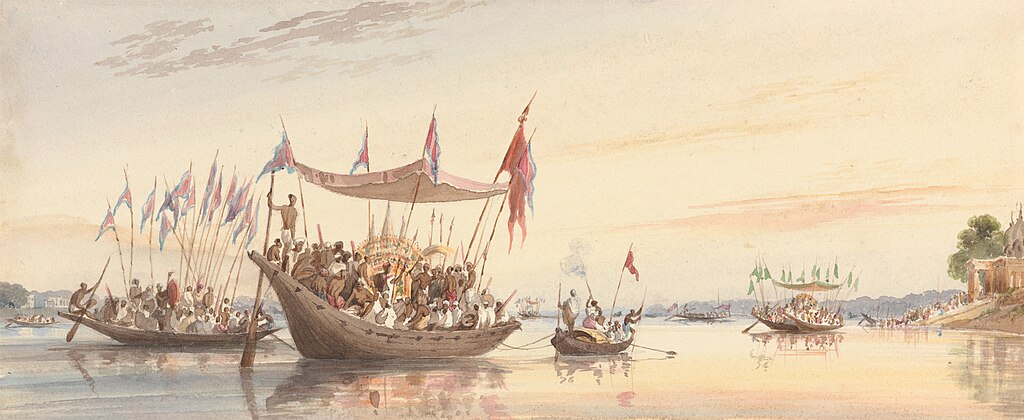
“Isherah – Water Procession of the Image of Doorga Previous to Her Immersion at Sunset,” by William Prinsep (active, 1819-1850 A.D), watercolour and gouache over graphite, Yale Center for British Art, Yale University, New Haven, Connecticut, U S A.
Gaganendranath Tagore (1867–1938) was a pioneering modern Indian artist from the Bengal School and member of the Tagore family of Bengal. Unlike many of his contemporaries, he experimented with different styles, moving from traditional Indian themes to caricature, satire, and later to cubism and other modernist expressions. He is best known for his witty caricatures of colonial society, his illustrations, and his innovative paintings influenced by Japanese brushwork and European modern art. Through his work, he played an important role in shaping the course of modern Indian painting. Here he has depicted the solemn moment of Durga’s immersion in an evening setting when it happens.
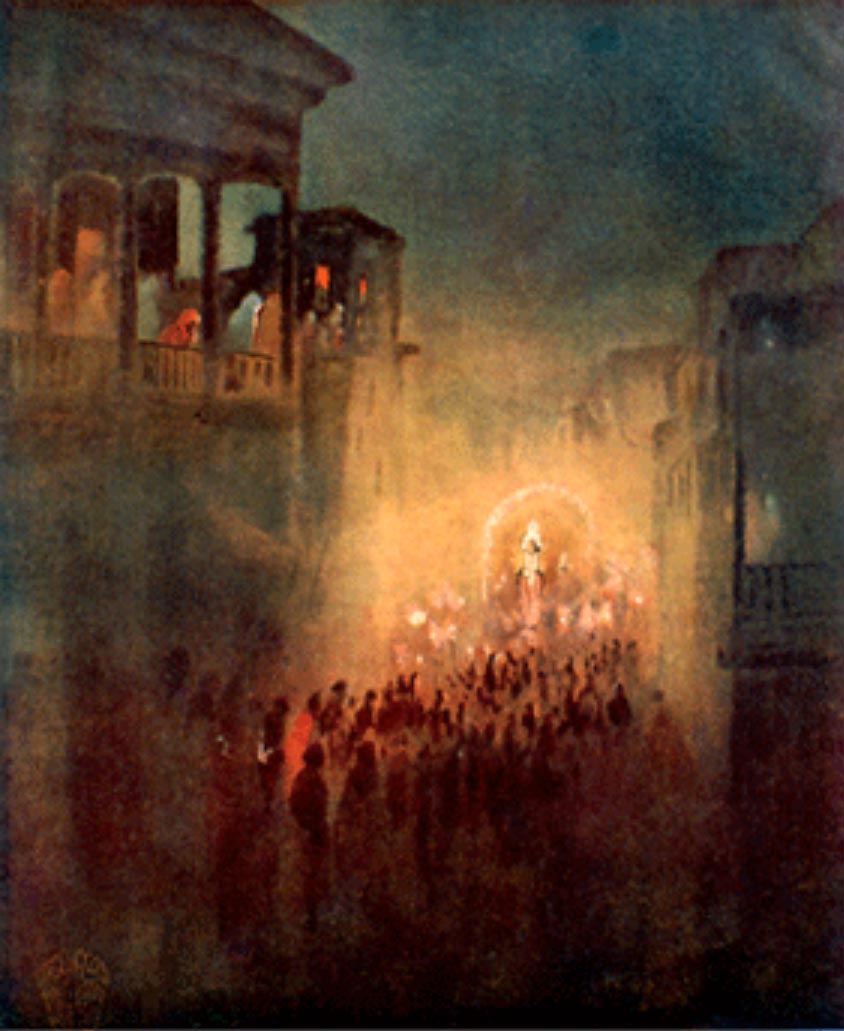
The above images help us understand the range of Goddess Durga in art from all over India using different interpretations, formats and techniques. Her devotees have chosen to worship and depict her in all her power and glory.
Suggested Read: Durga – Exploring Images of the Devi in Rajasthani Art
References _
1.https://arshavidyananda.in/193-the-meaning-of-durga-saptashloki-7-verses-in-worship-of-goddess-durga/ (accessed on 30.09.2025)
2.https://www.britannica.com/topic/Durga (accessed on 30.09.2025)
3.https://www.siddhayoga.org/mahadurga/bestower-of-strength (accessed on 30.09.2025)
4.https://www.abirpothi.com/captivating-maa-durga-paintings-on-canvas-a-stunning-collection-of-abstract-and-durga-face-art/ (accessed on 30.09.2025)


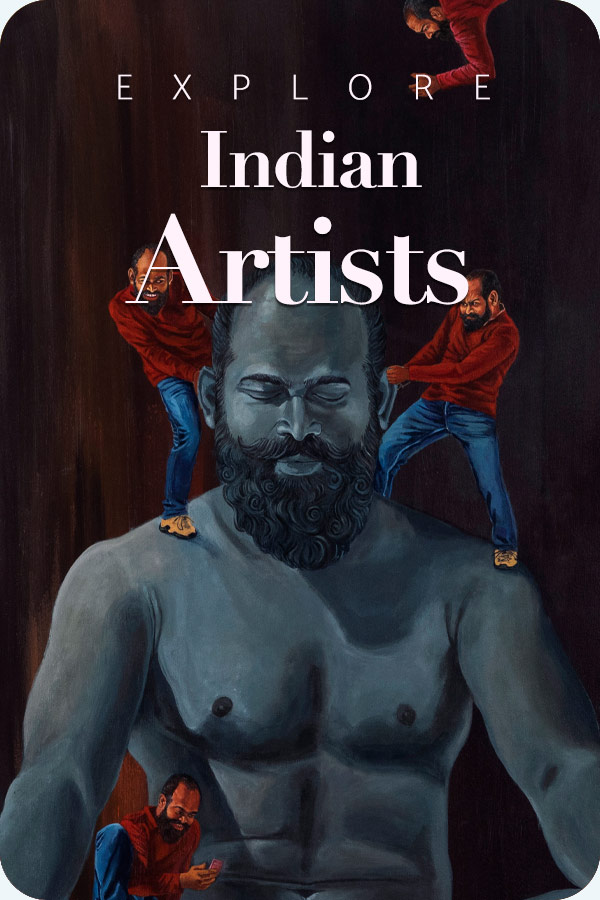
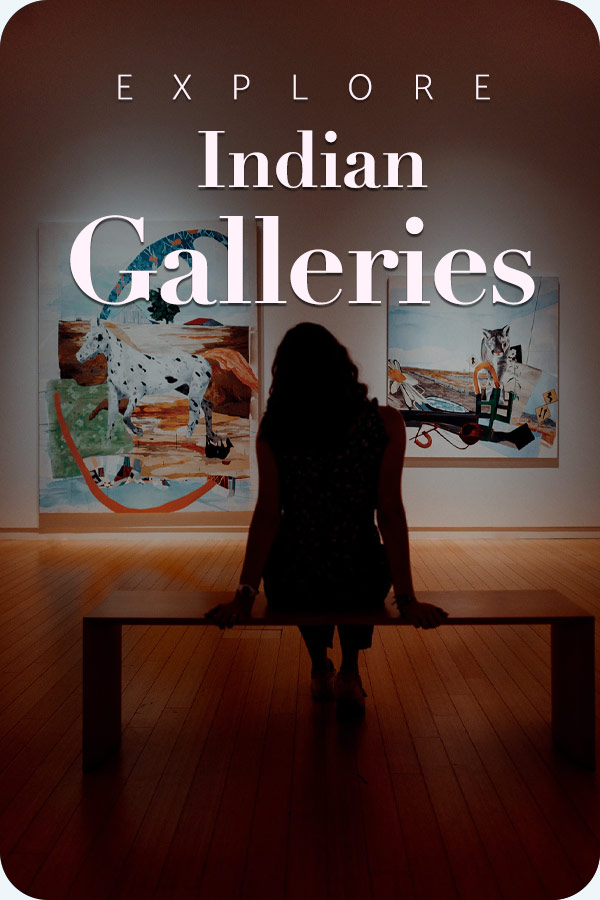
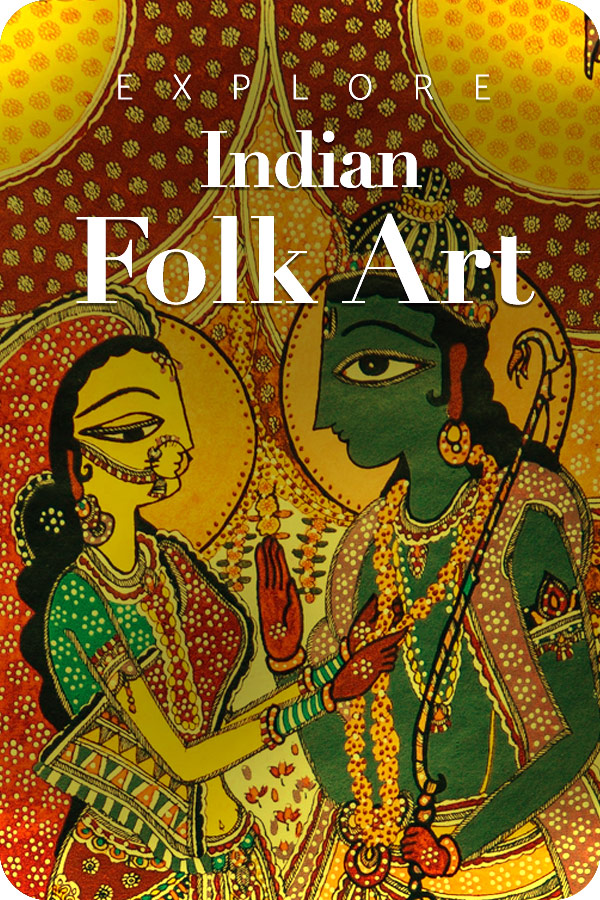
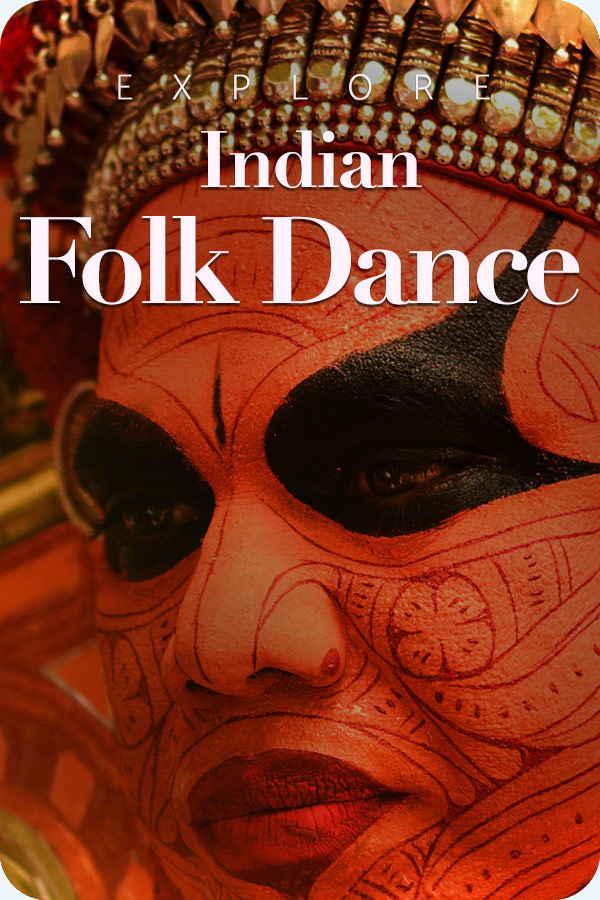
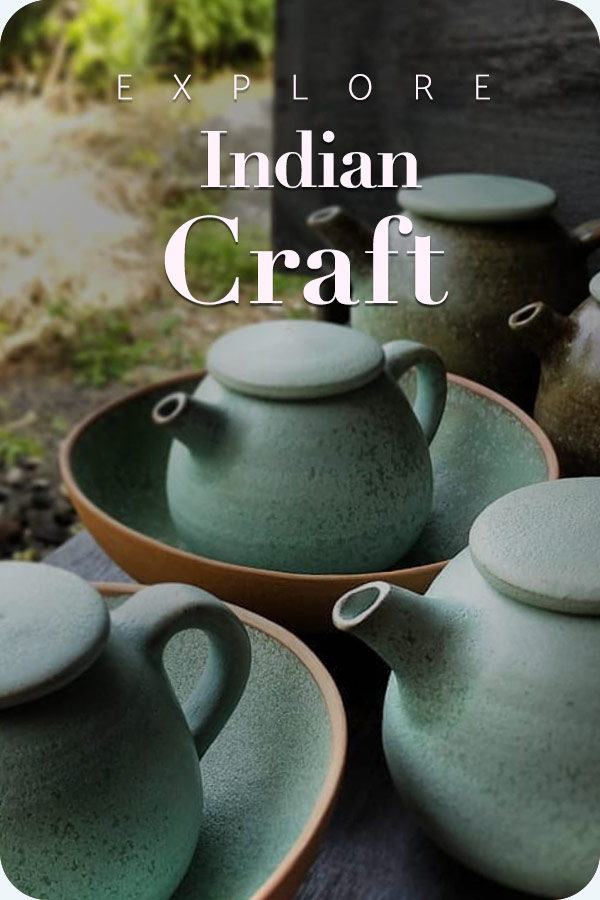
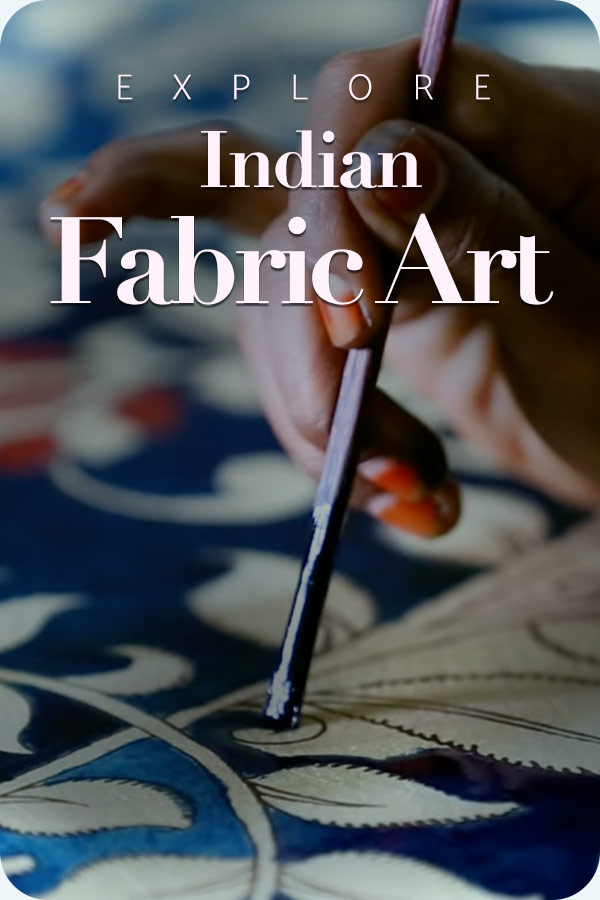
Excellent monograph on Mata Durga. If it comes in a printed form, it would be fabulous
Thanks Sudhakar 🙂